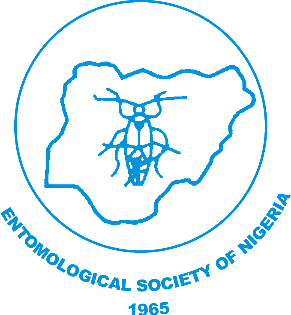
Harnessing the Untapped Potential of Termite Mound Soil for the Improvement of the Growth of Sorghum (Sorghum bicolor [L.] Moench)
NJE Vol. 40: 80-89, 2024
DOI.10.36108/NJE/4202/04.0160
Aiki, I.P.1, Akogwu, S.A.1, Shindi, H.A.2 and Aati, R.3
1Department of Biological Science, Federal University Gashua, P.M.B 1005 Gashua, Yobe state, Nigeria.
2 Department of Biological Science, Federal University of Agriculture P.M.B 28, Zuru, Kebbi State, Nigeria.
3 Department of Sciences, Kebbi State Polytechnic, Dakingari P.M.B 1158, Kebbi State, Nigeria
Abstract
Recently the use of termite mound soil as amendments has gained more acceptance due to its availability and affordability. The aim of the study was to determine which layer of the termite mound soil contains most of the nutrients by evaluating the chemical compositions of the soil found at different layers of the mound (outer, inner, whole and surrounding). The study further aimed to use the different layers as soil amendments in the growth of sorghum to ascertain which of the layers does better in the growth of the plant. For a six weeks period, each week the length of the roots, stem lengths, leave lengths, whole plants and the wet weight of the plants were measured to determine the efficacy of the different layers of the termite mound soil on plant growth. Though there’s no significant difference on the root lengths, stem lengths, leave lengths and whole plant lengths and also the wet weights of the grown plants using different layers of the termite mound soils. The result also showed some differences in the compositions of the soils analyzed from the termite mounds, the differences might be associated with the nature of the soil around the garden and the activities taking place within the mound which brings about soil improvement. From the results obtained, resource-poor farmers could use termite mounds as soil amendments. In addition, the chemical analysis of the mound soil revealed the presence of some macronutrients that could be harnessed for plant growth.
Keywords: Amendments; Macronutrient; Termite mound; Decomposition; Drought-prone; Redistribution
